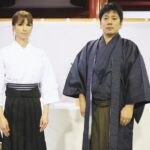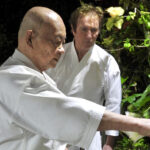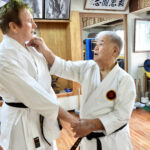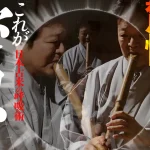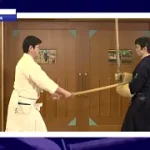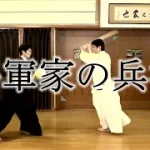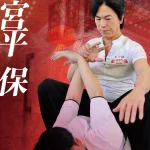What is KUDEN?
Since many Bujutsu (fighting systems) were established in Japan, teachers have used KUDEN to transfer the special deep knowledge to their selected students, such as their successors. The Japanese word KUDEN is translated as “verbally transferred knowledge”. For every RYUHA (style) they had special knowledge for almost all techniques and they did not leave this knowledge in writing to keep this knowledge confidential. The teachers taught this knowledge verbally, only to the selected students whom they thought they could trust. In this way they tried to keep the purity of their RYUHA and transfer it to future generation.
No3 Ude Sankaku Seme Renko or Hichiri Hiki (腕三角責め連行、七里引き)
Ude Sankaku Seme Renko is also a very essential Jujutsu technique which is contained in almost all Jujutsu Ryuha (styles). It is also called as Hichiri Hiki which means “arrest for seven miles”. So by using this technique one can control another and bring him along for even seven miles. But, the same as with the other such techniques it is seldom performed correctly by non-Japanese, or even some Japanese Jujutsu people. Because of their incorrect technique, they could never bring the other for even 100 meters. Hereunder I explain its know-how.
How it is performed by many people (The last Kime, or lock, is not the proper way)
There are many different ways to enter into this technique, so please focus only on the way the last Kime (lock) is done.
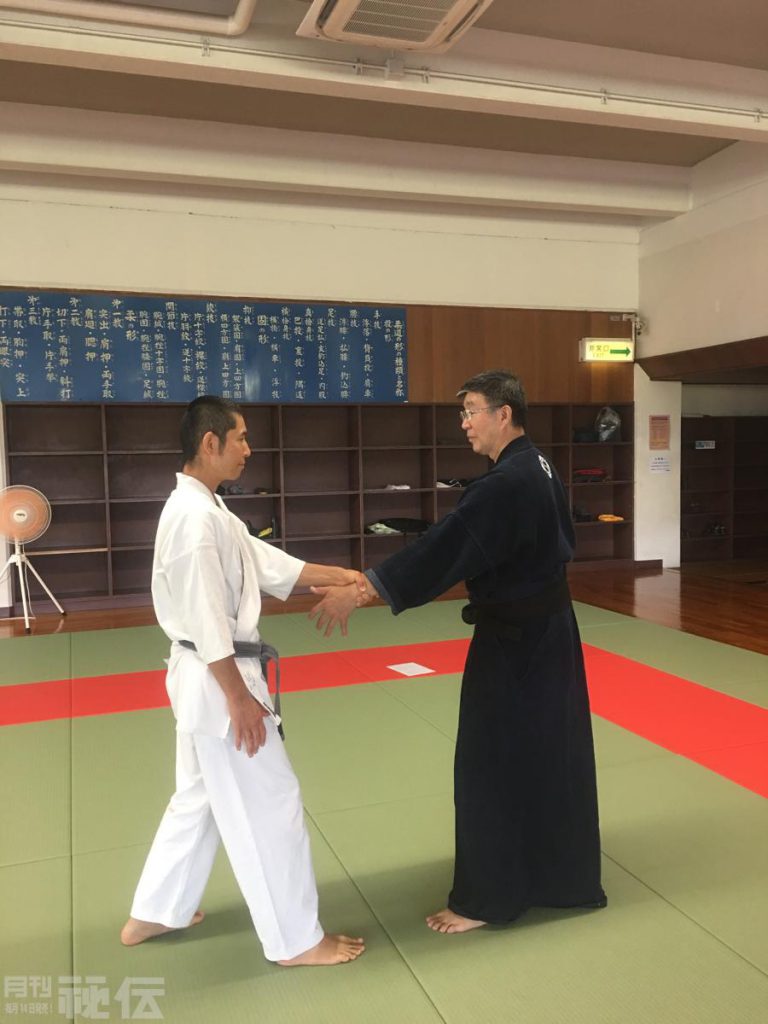 Fig-1 Uke grasps Tori’s left wrist by his left hand
Fig-1 Uke grasps Tori’s left wrist by his left hand
 Fig-2 Tori holds the back of Uke’s left wrist and pulls it backwards while performing Shuto Ate to his Waki Hara (side of the torso) using his right hand
Fig-2 Tori holds the back of Uke’s left wrist and pulls it backwards while performing Shuto Ate to his Waki Hara (side of the torso) using his right hand
 Fig-3 Tori wraps his right arm over Uke’s left upper arm
Fig-3 Tori wraps his right arm over Uke’s left upper arm
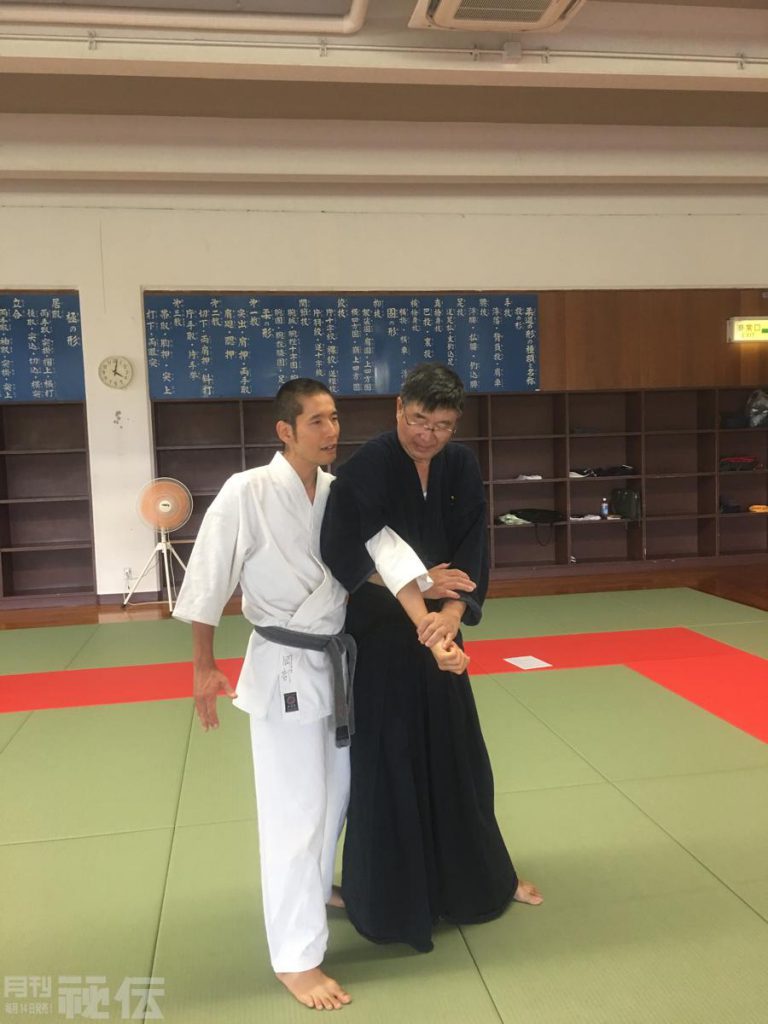 Fig-4 Tori controls Uke by reversing the direction of the elbow joint and locking it. They often put the right hand onto the left lower arm to strengthen their elbow pushing power. So, this last Kime is wrong and the correct Kime is shown by Fig-5.
Fig-4 Tori controls Uke by reversing the direction of the elbow joint and locking it. They often put the right hand onto the left lower arm to strengthen their elbow pushing power. So, this last Kime is wrong and the correct Kime is shown by Fig-5.
 Fig-5 This is the correct Kime, or lock. Please compare with Fig-4. The clear difference is Uke stands up on their toes because of the pain, but in Fig-4, they do not.
Fig-5 This is the correct Kime, or lock. Please compare with Fig-4. The clear difference is Uke stands up on their toes because of the pain, but in Fig-4, they do not.
Using this lock, Tori arrests Uke while keeping this Kime (control) and takes several steps.
How to control the other
In almost all the cases shown on Youtube, Tori pushes Uke’s elbow joint reversely to control Uke, which is not correct. Although it causes Uke’s elbow enough pain, it does not cause sharp enough pain to arrest, or escort him for seven miles. We can recognise the wrong case very easily because in most cases they place their other arm under the controlling arm so that they can push Uke’s elbow stronger, as shown by Fig-4.
The point to be targeted in this technique is not elbow, but a Kyusho (weak point) just behind the end of the upper arm (triceps muscle), close to shoulder. You can search for this Kyusho point yourself, as shown in Fig-5,6,
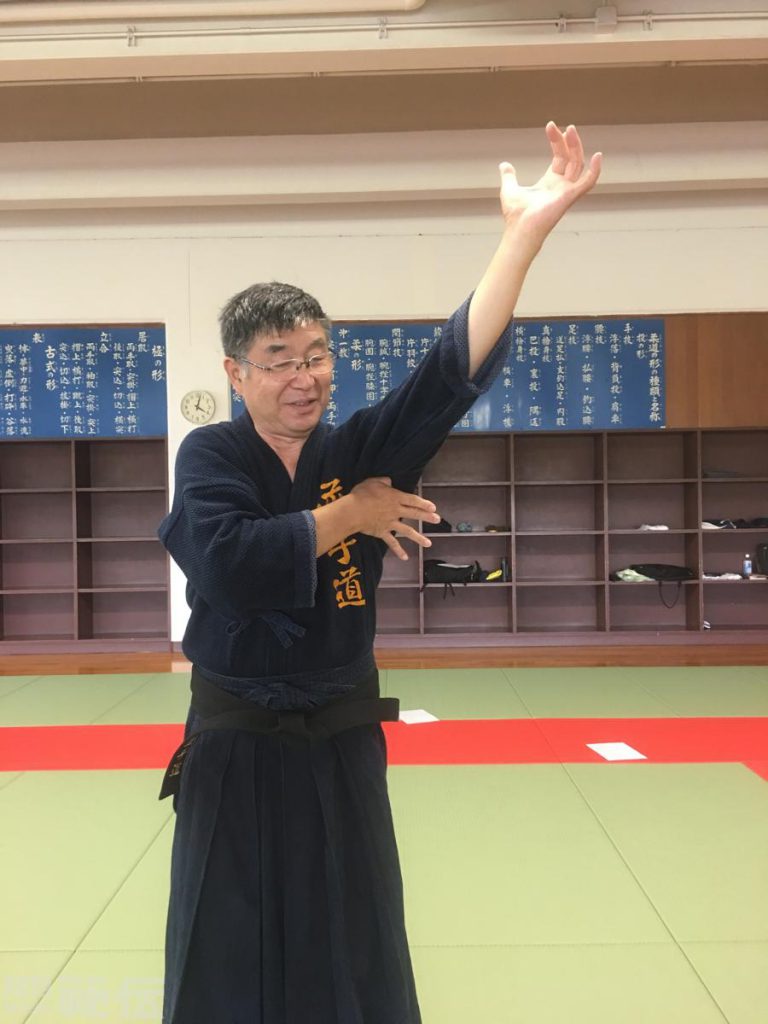
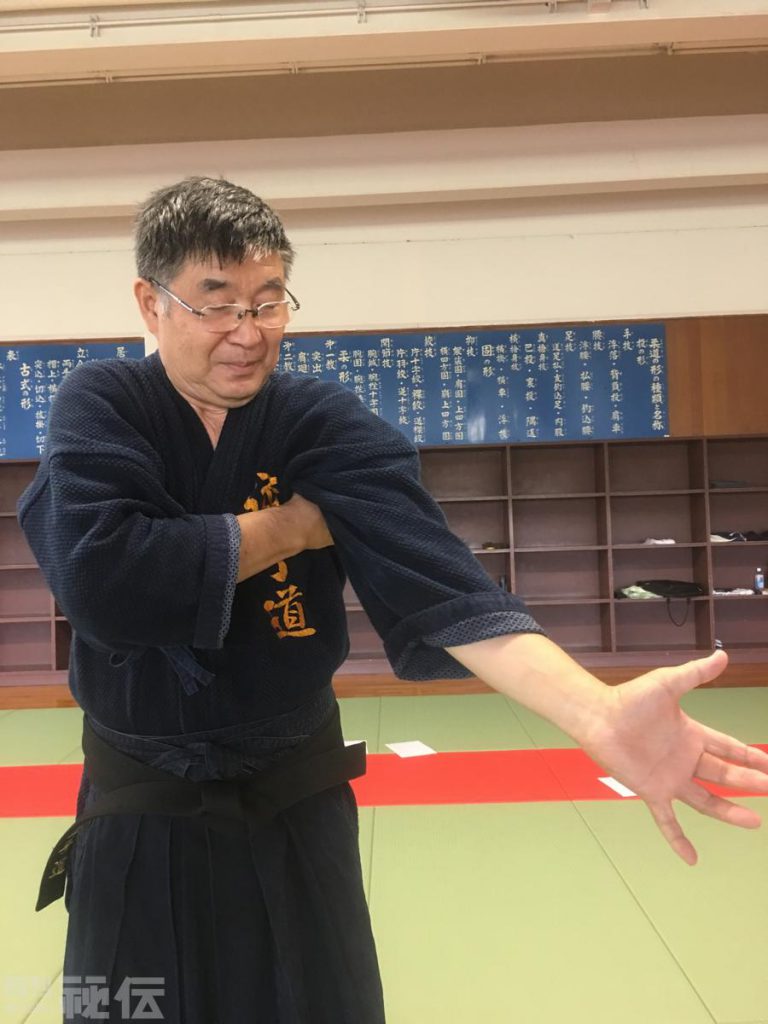 Fig-5 Fig-6 If the right hand is put on the Kyusho point, the left arm cannot move down any further because of the pain caused at this Kyusho point.
Fig-5 Fig-6 If the right hand is put on the Kyusho point, the left arm cannot move down any further because of the pain caused at this Kyusho point.
So, Tori should put his lower arm as deep as possible (toward Uke’s shoulder) so that the edge of his lower arm (forearm) touches this Kyusho point, and pressing on this Kyusho point by lowering his arm, Uke receives quite sharp pain.
One more important know-how
In the case that Uke is taller or standing higher than Tori, this technique becomes quite difficult to do in the normal way. There is a special “know-how” which is applicable for such a case.
As shown in Fig-7, when Tori wraps his arm over Uke’s upper arm, he turns more clockwise, so that his right foot becomes closer to Uke’s left foot, then Kime shall work.
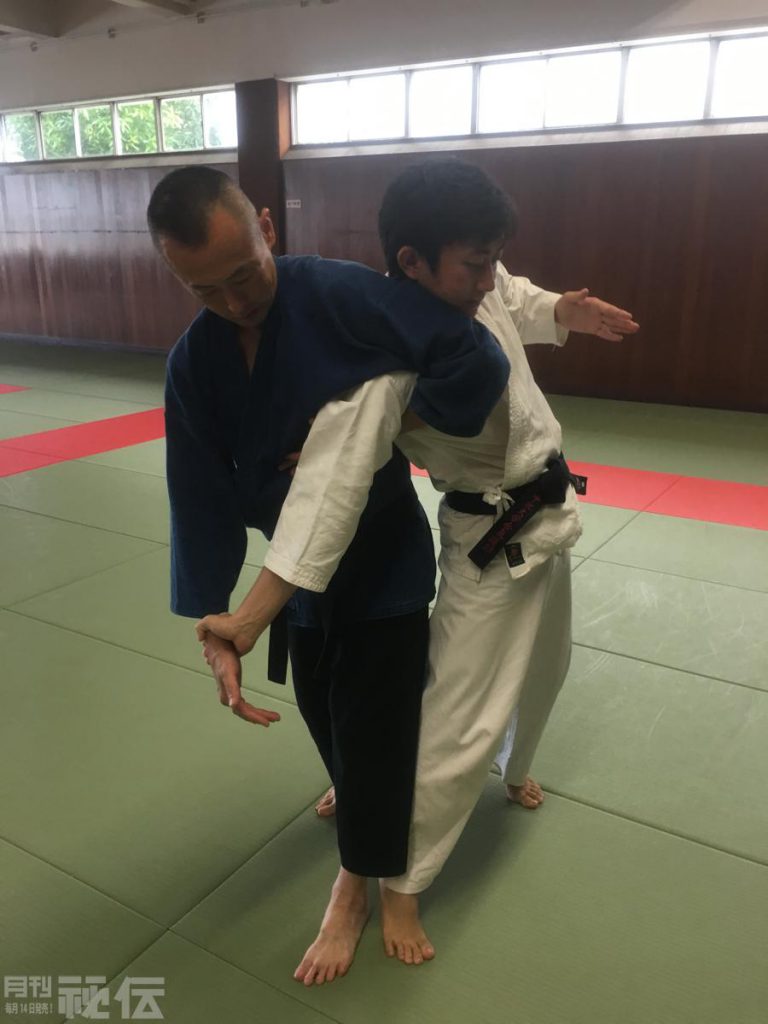 Fig-7
Fig-7
Acknowledgements:
English edition : Andrew Bryant, Gyakute-do Indianapolis branch 2nd Dan, 4th Dan Hakko-ryu Jujutsu, representative of Shinwakan Dojo http://www.indianapolismartialartscenter.org/
Participants:
Gyakutedo Kashiwa Honbu Dojo 岡部 武央師 Okabe Takehisa sensei
Gyakutedo Kashiwa Honbu Dojo 深井 信悟師 Fukai Shingo sensei
Gyakutedo Kashiwa Honbu Dojo 濱崎 旦志 Hamazaki Tadashi
Place : Kashiwa Chuo Taiikukan Chiba, Japan
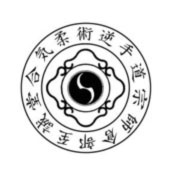 18 September 2017 Makoto KURABE – SHISEIDO
18 September 2017 Makoto KURABE – SHISEIDO
Representative, 2nd Soushi of
AIKI JUJUTSU GYAKUTE-DO
website: www.gyakutedo.org/wp
mail: apply@gyakutedo.org
 Kurabe Makoto Shiseido
Kurabe Makoto Shiseido
Born in 1950. When he was in his 30s, he began learning Gyakute-do Jujutsu, which was derived from Hakkoryu Jujutsu in the 1970s. Just before reaching the age of 40, he moved from Japan to The Netherlands and continued to master and develop Gyakute-do. In October of 2013, after adding the system of Aiki-Jutsu that he developed himself, he transformed Gyakute-do into Aiki-Jujutsu Gyakute-do, and became 2nd Soushi, grand master, of Gyakute-do. After retirement, he left The Netherlands and began promoting Aiki-Jujutsu Gyakute-do both in Japan and in Poland as his main pursuit. He is also teaching his Gyakute-do to Budo fan in the world via corresponding course.
At the starting of AIKI Web Course
Cooperating with BAB Japan Co., Ltd., hereby I start AIKI Web Course in order to realize my long-standing desire to let as many as martial arts fans all over the world have the correct knowledge of AIKI and learn how to practice AIKI.
This course consists of
Part 1 as introductory articles, I explain a wide range of knowledge about what AIKI is, which contains 6 lessons.
Part 2 as main articles, for beginners/intermediate level, I explain how to practice AIKI to master. It contains 24 lessons.
The each lessons will be uploaded on BudoJapan website one by one every week.
I hope as many people as possible will be interested in AIKI and become able to practice it by following this course.
AIKI Web Course 25 Lessons
-
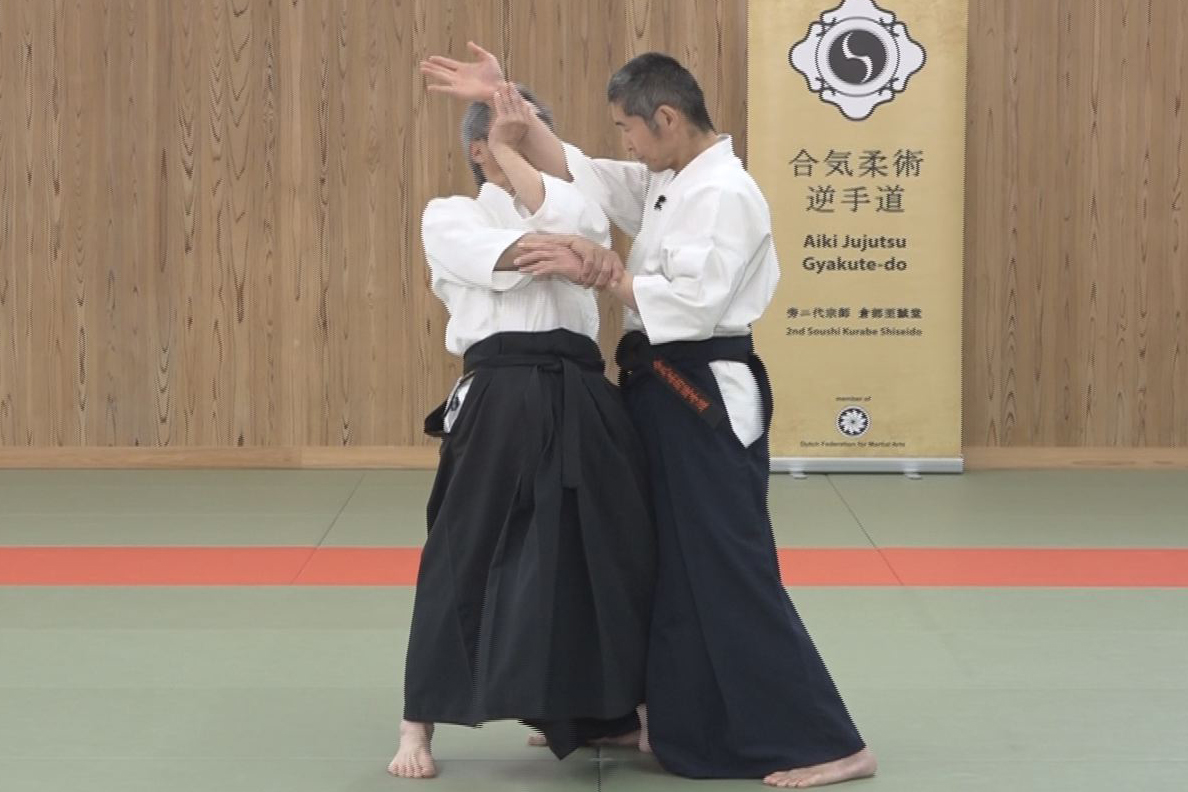
【AIKI Web Course Part 2】Lesson 24 With Comb. of Different Methods #2
-
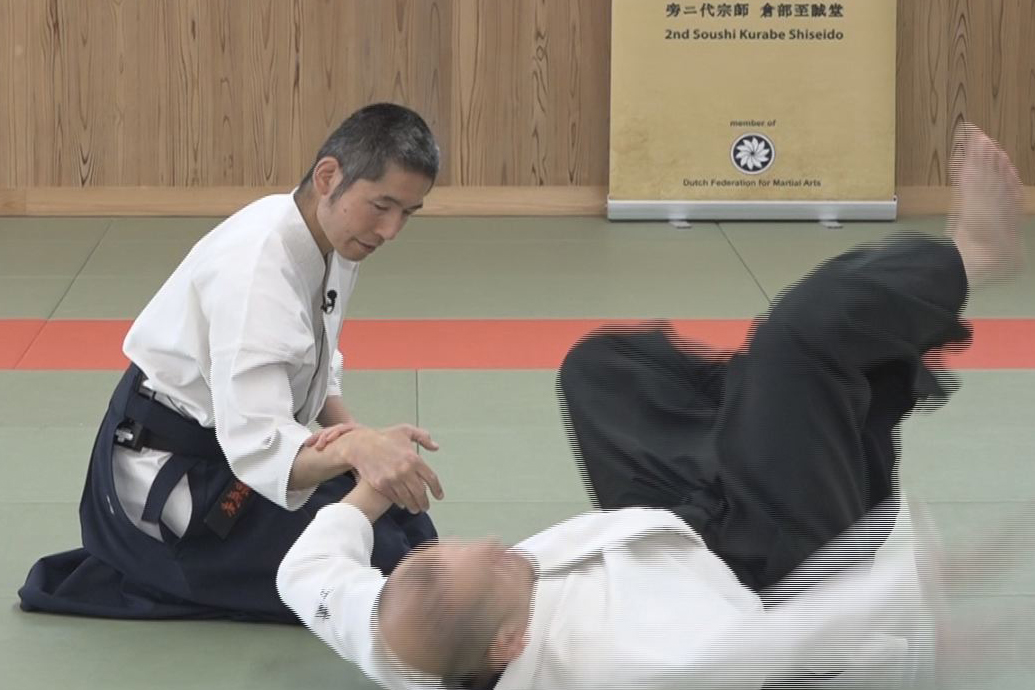
【AIKI Web Course Part 2】Lesson 23 With Comb. of Different Methods #1
-

【AIKI Web Course Part 2】Lesson 22 Advanced Tech. using F. E. method #2
-

【AIKI Web Course Part 2】Lesson 21 Advanced Tech. using F. E. method #1
-

【AIKI Web Course Part 2】Lesson 20 Advanced tech. using T. F. T. #2
-
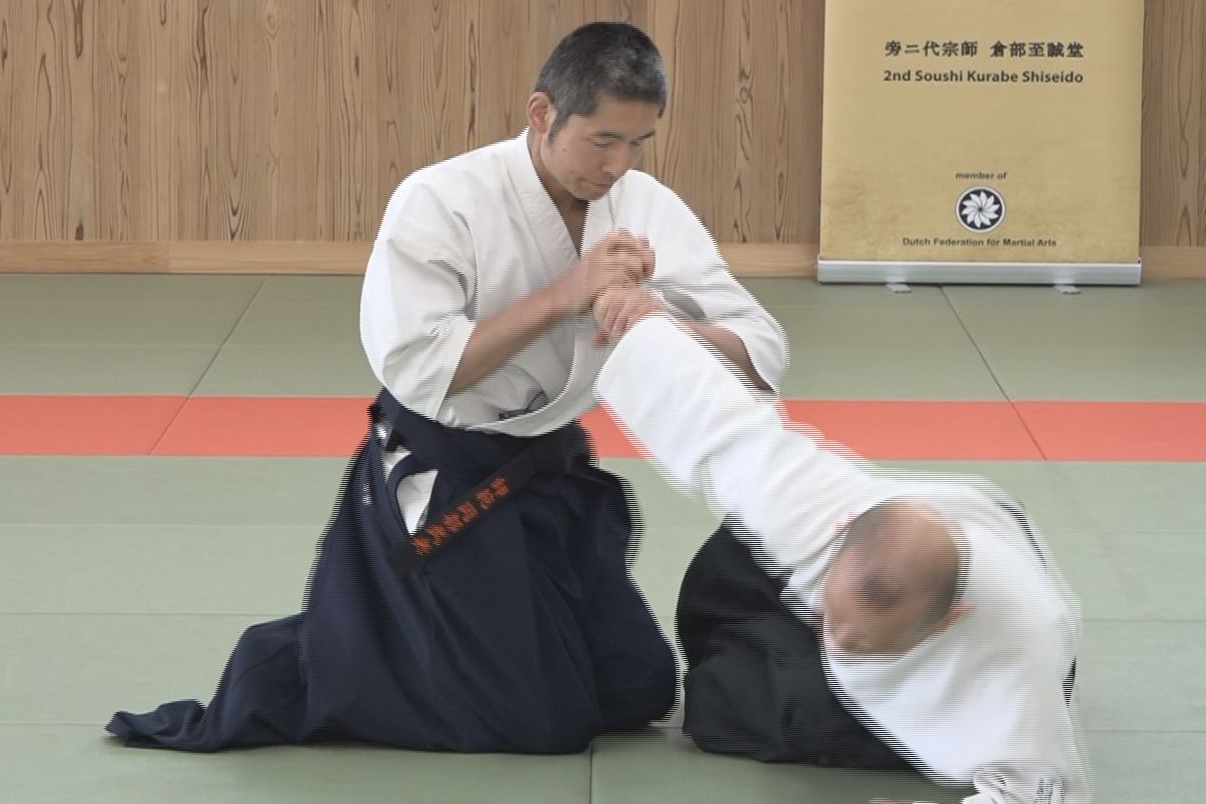
【AIKI Web Course Part 2】Lesson 19 Advanced tech. using T. F. T. #1
-
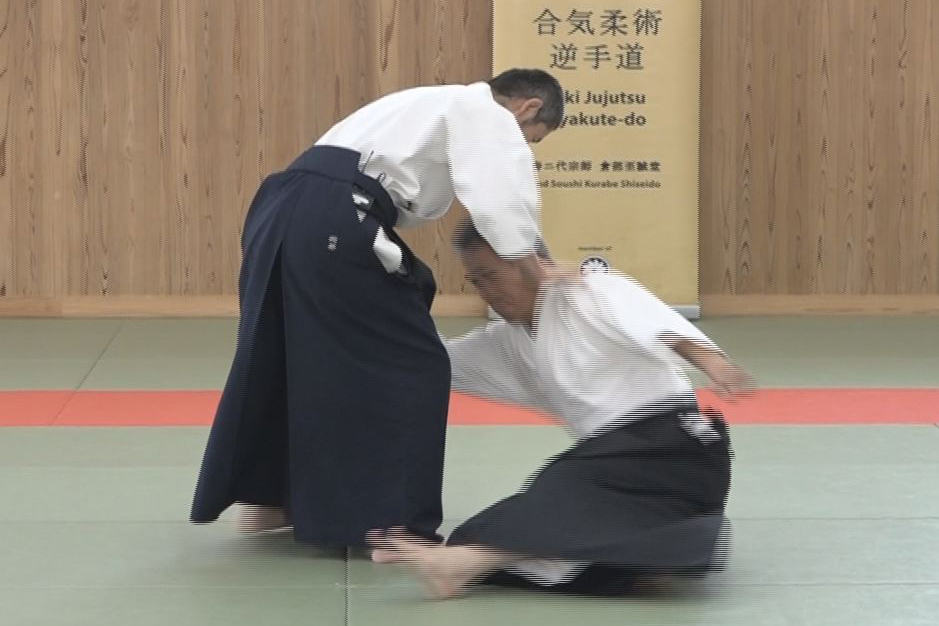
【AIKI Web Course Part 2】Lesson 18 Advanced tech. using AIKI Contact #2
-
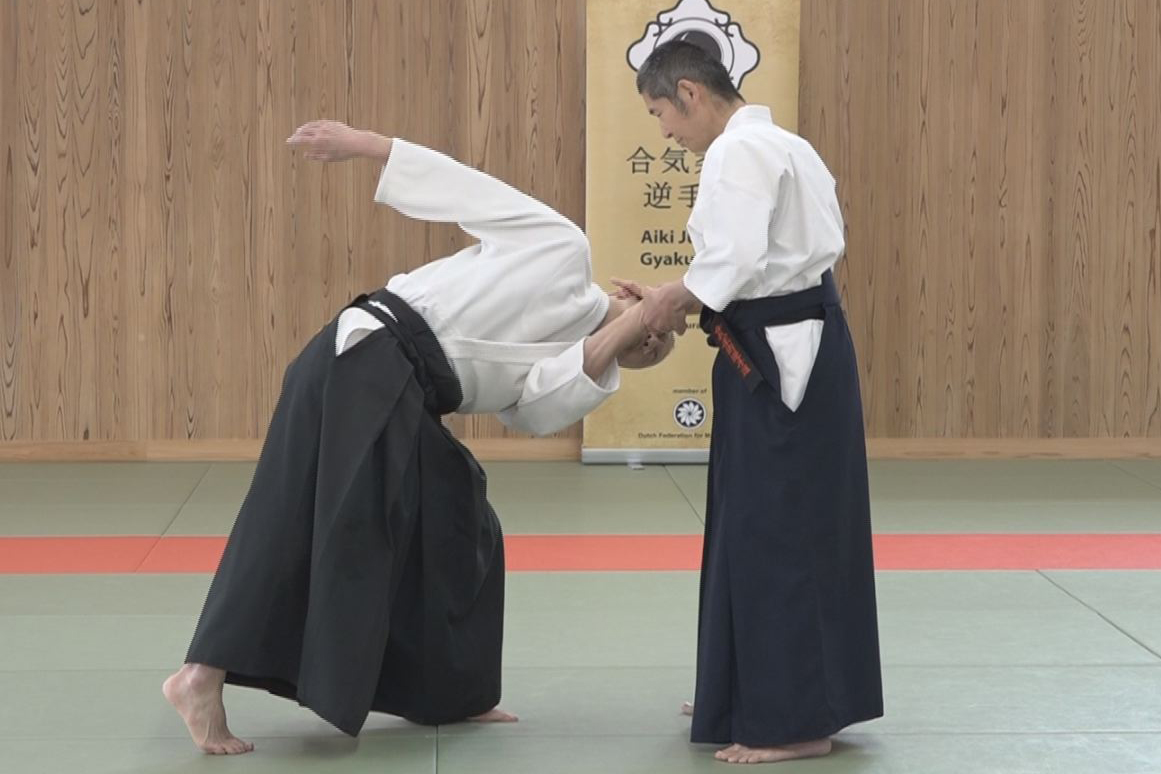
【AIKI Web Course Part 2】Lesson 17 Advanced tech. using AIKI Contact #1
-
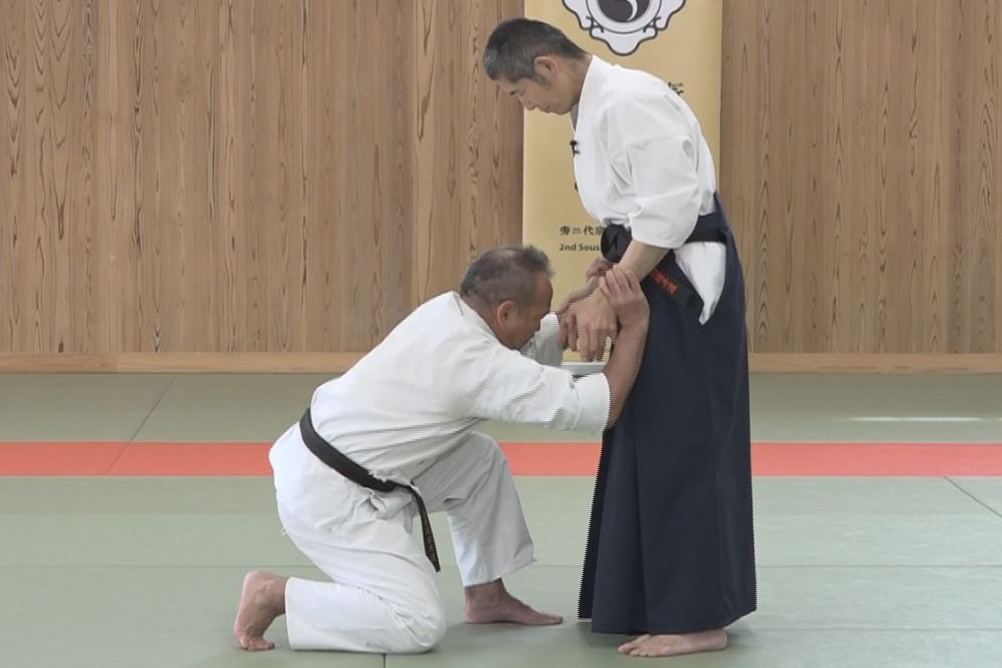
【AIKI Web Course Part 2】Lesson 16 Advanced tech. by Undetectable F.T. #2
-
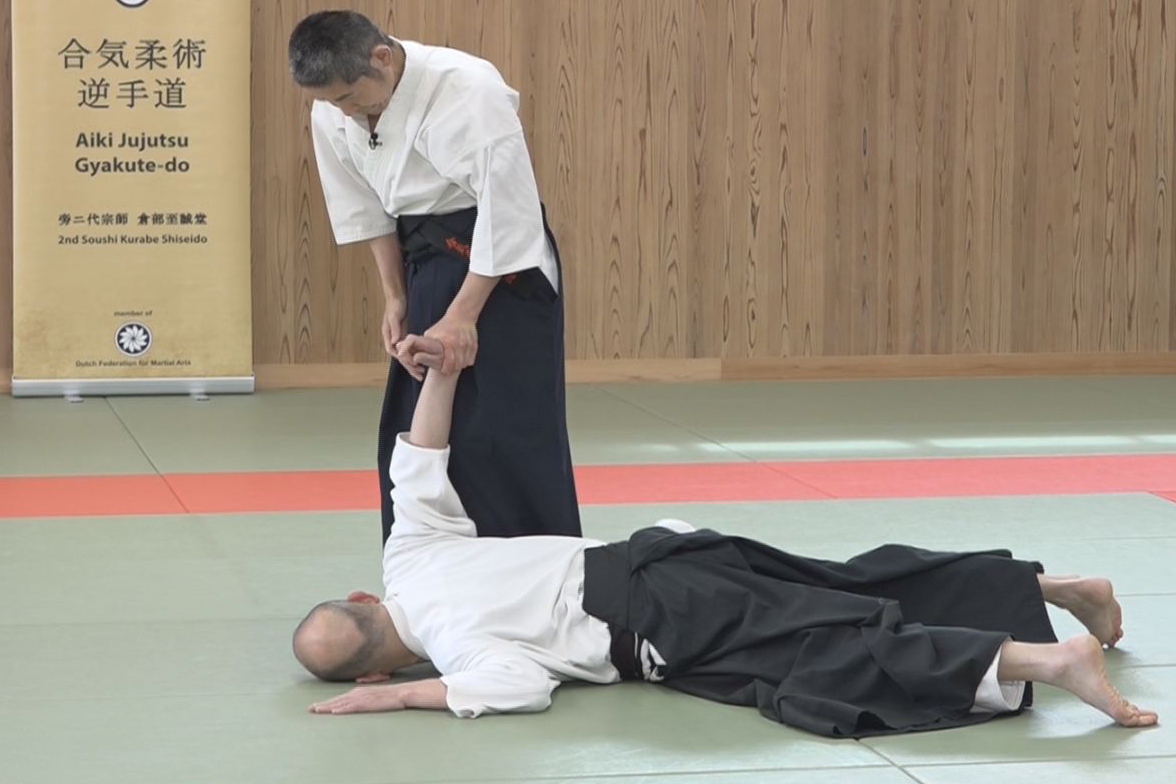
【AIKI Web Course Part 2】Lesson 15 – Advanced tech. by Undetectable F. T. #1
-

【AIKI Web Course Part 2】Lesson 14 – Advanced tech. by the Waving method #2
-
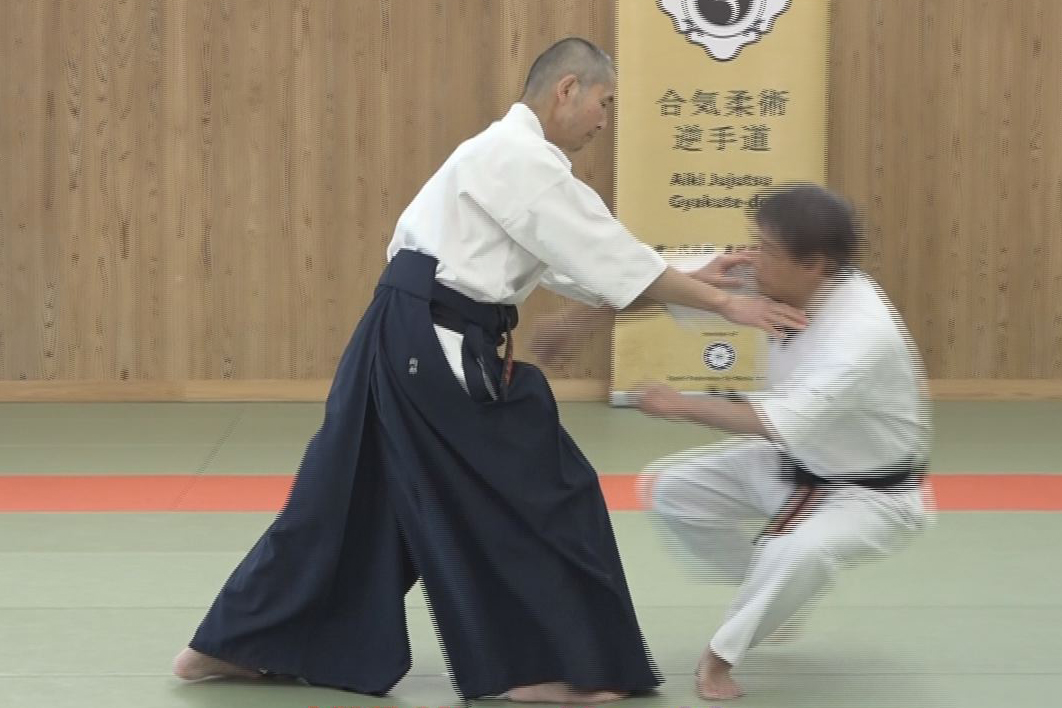
【AIKI Web Course Part 2】Lesson 13 – Advanced tech. by the Waving method #1
-
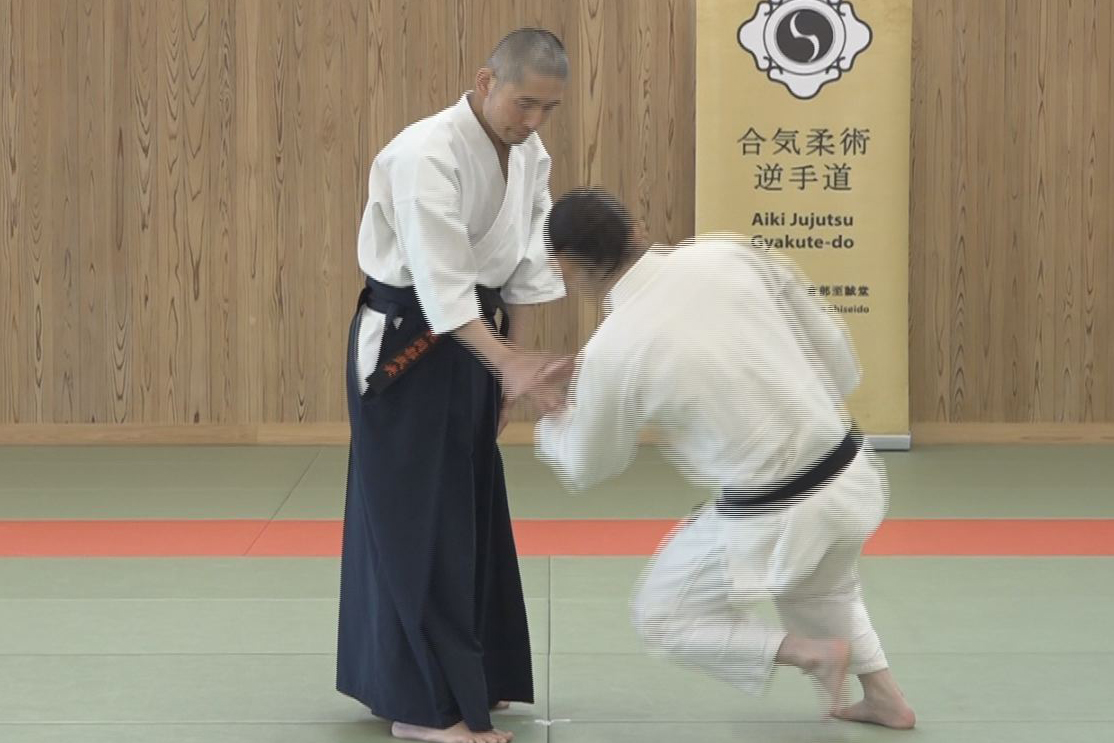
【AIKI Web Course Part 2】Lesson 12 – Gyaku-te by not Using Force nor AIKI
-
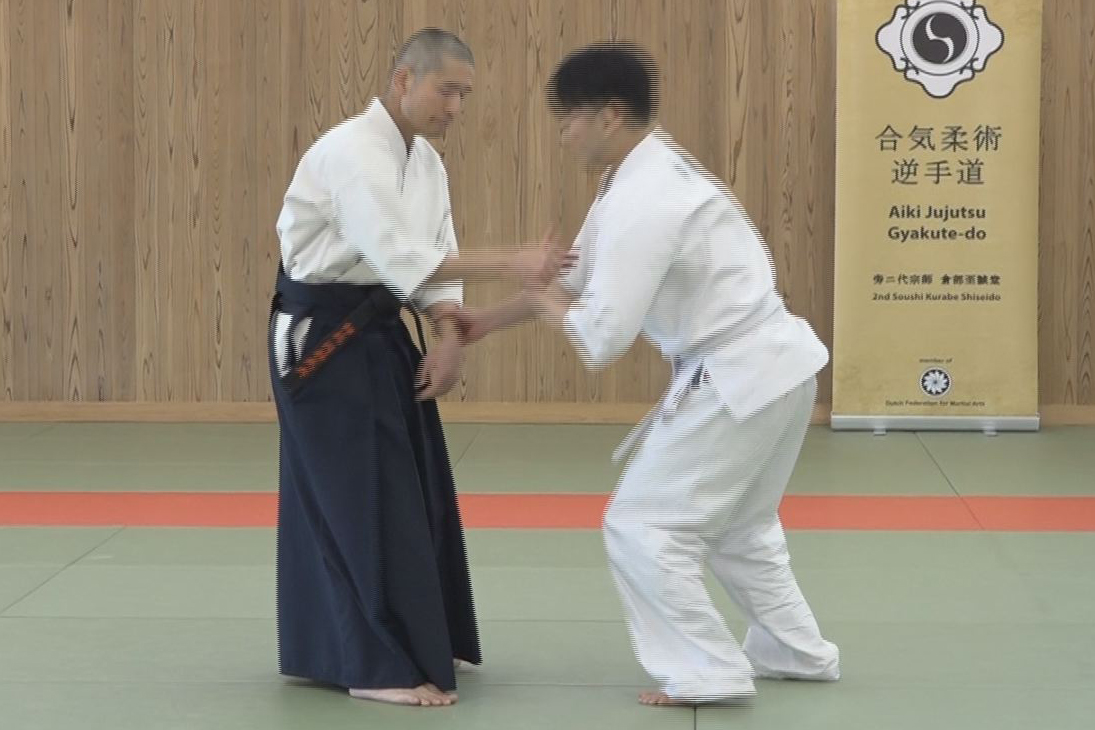
【AIKI Web Course Part 2】Lesson 11 – Gyaku-te Realized by the AIKI Method
-
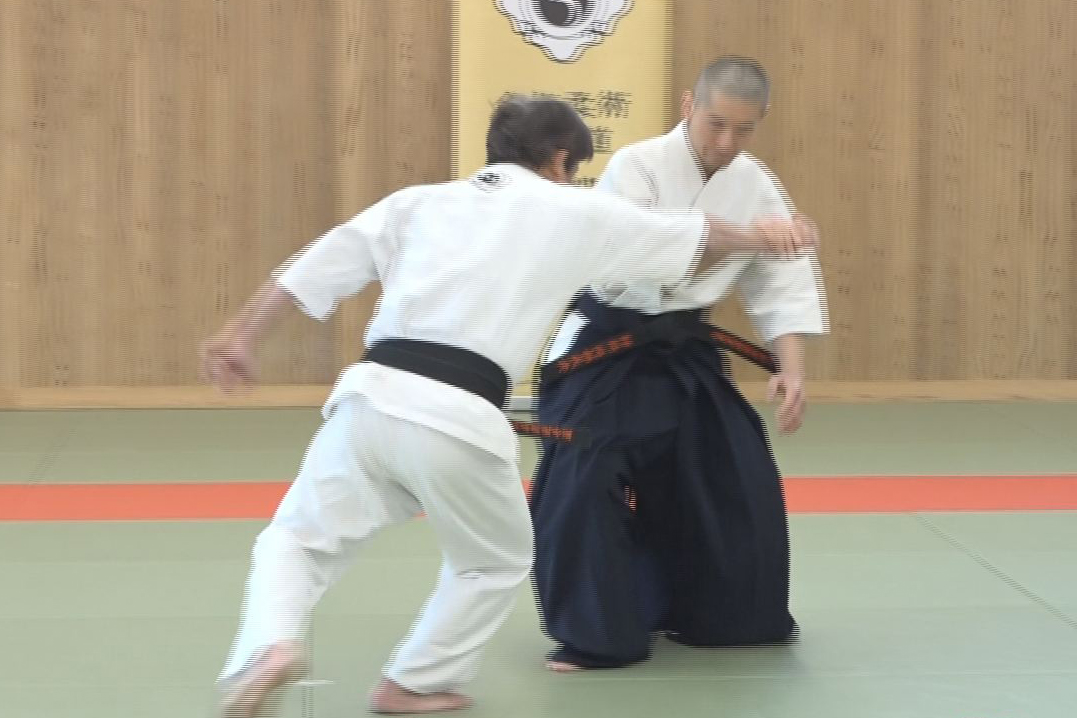
【AIKI Web Course Part 2】Lesson 10 – Application of Force Equilibrium method
-
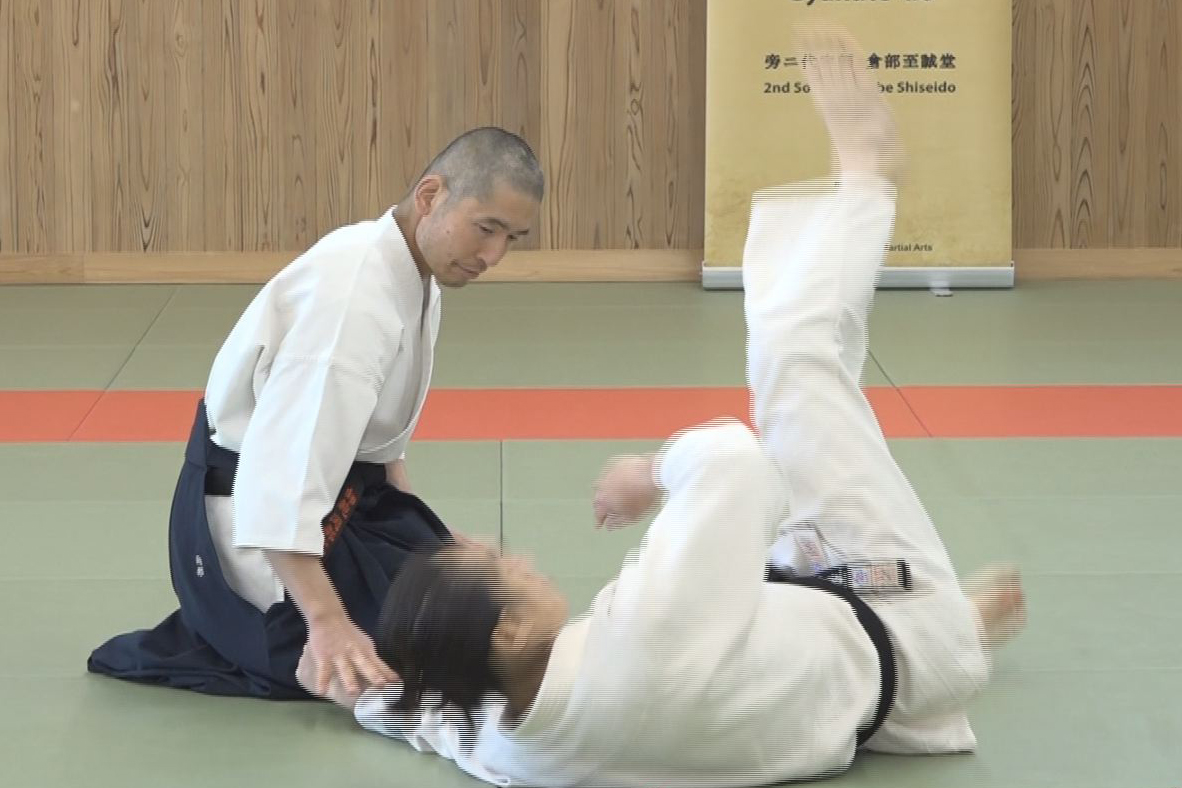
【AIKI Web Course Part 2】Lesson 9 – Force Equilibrium
-
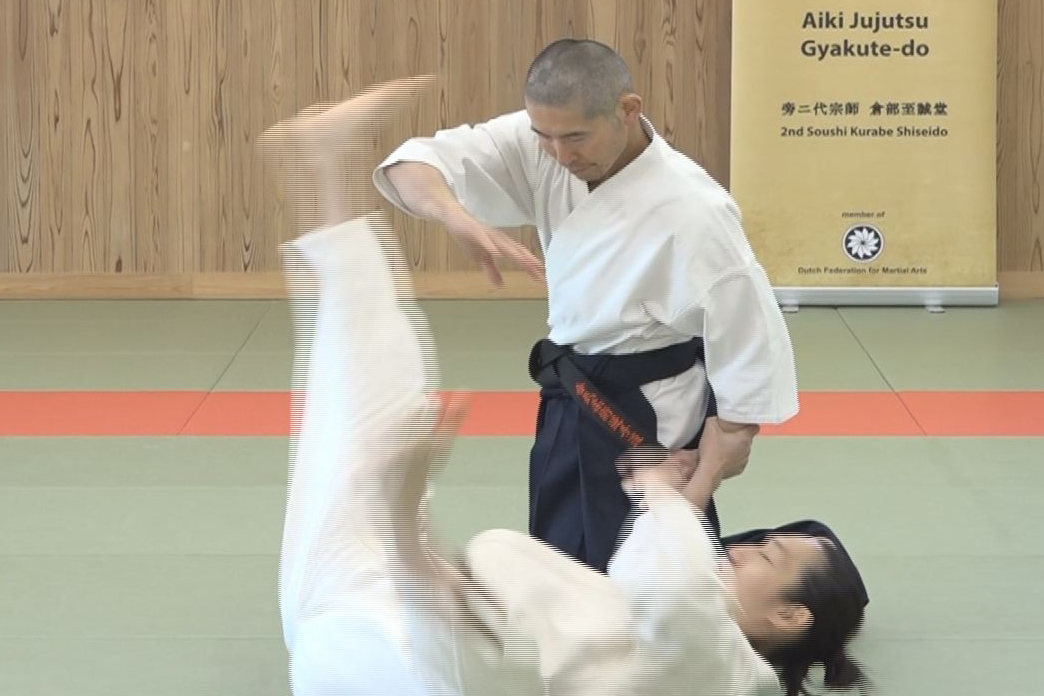
【AIKI Web Course Part 2】Lesson 8 – Application of Targeted Force Transfer
-
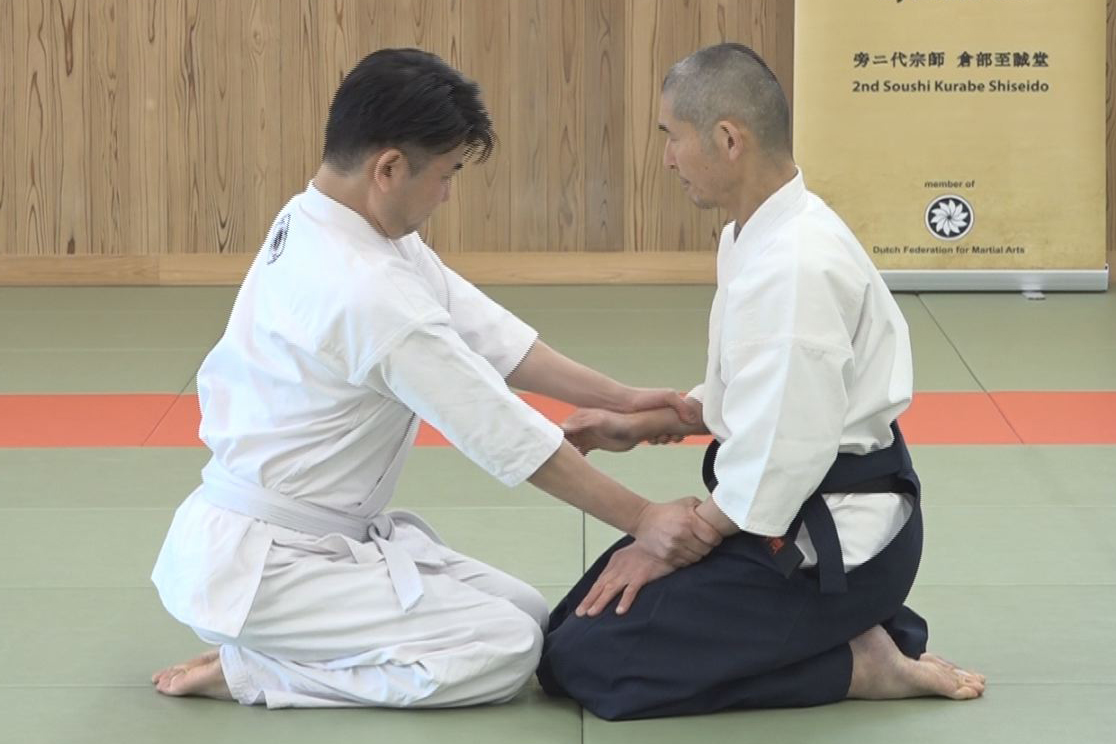
【AIKI Web Course Part 2】Lesson 7 – Targeted Force Transfer
-

【AIKI Web Course Part 2】Lesson 6 – Application of AIKI Connection
-
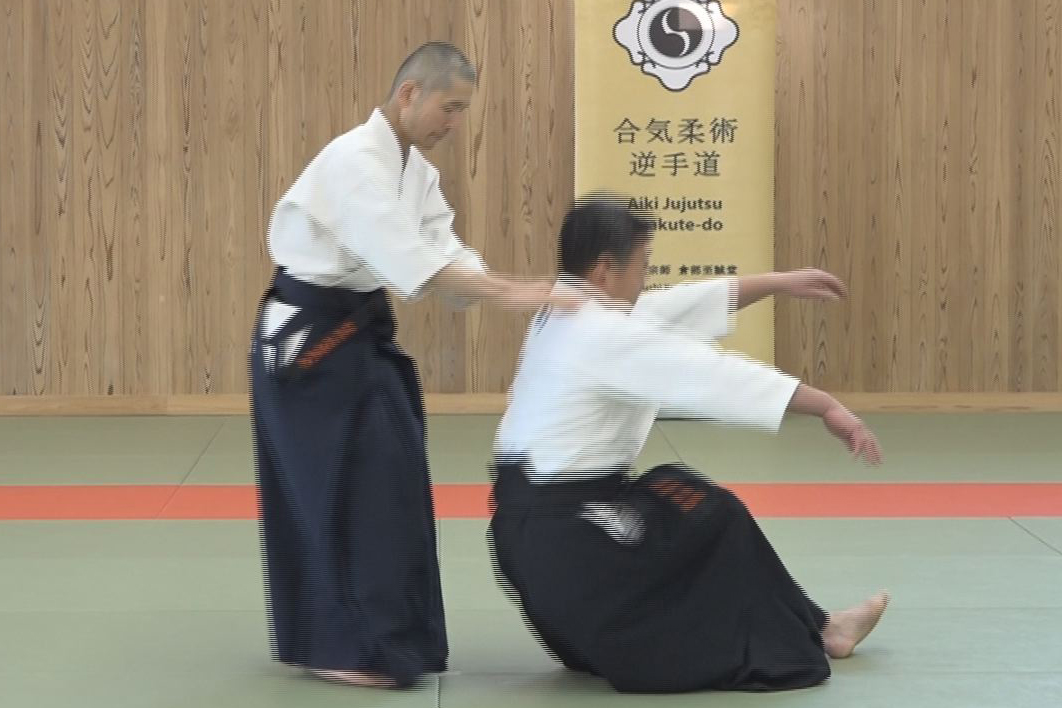
【AIKI Web Course Part 2】Lesson 5 – AIKI Connection
-

【AIKI Web Course Part 2】Lesson 4 – Application of Nondetectable Force Transfer
-
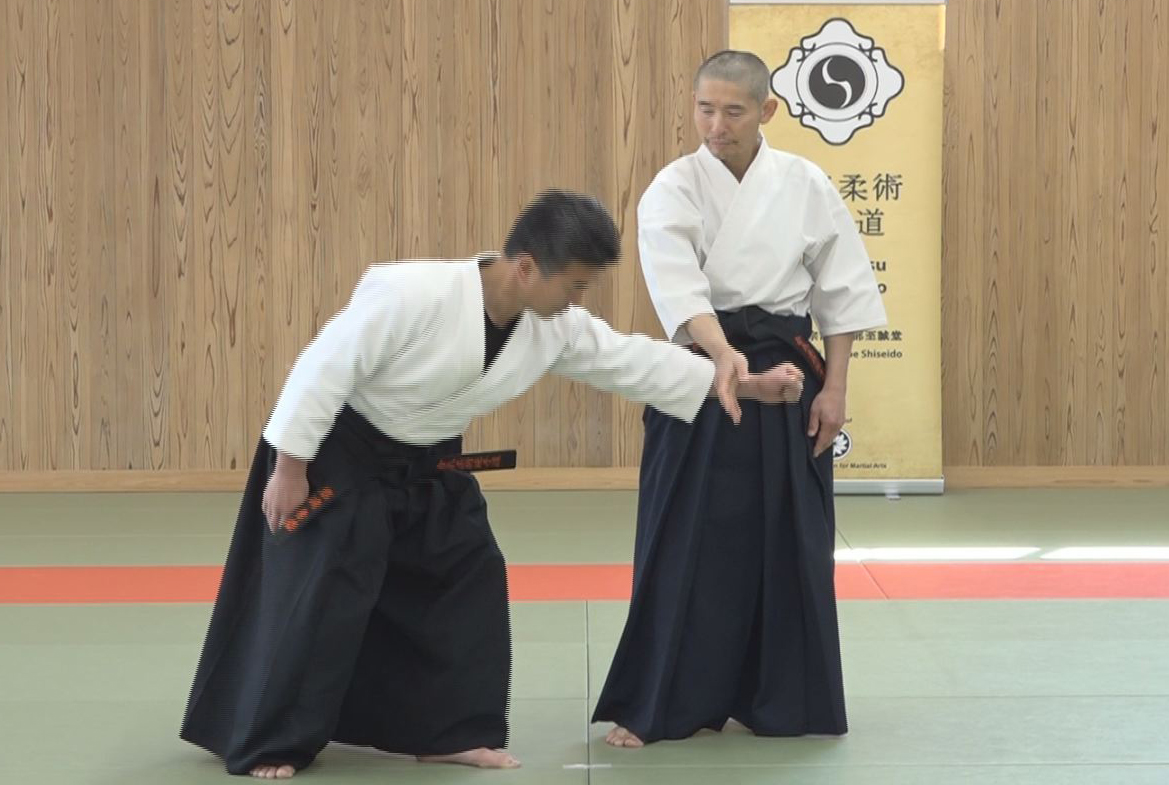
【AIKI Web Course Part 2】Lesson 3 – Explanation of Undetectable Force Transfer
-
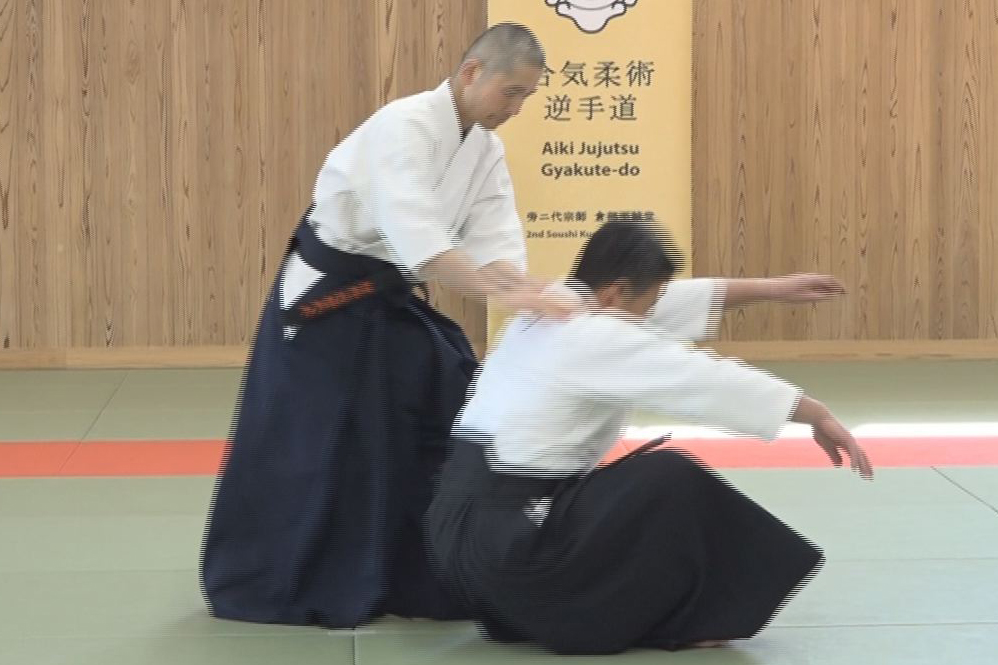
【AIKI Web Course Part 2】Lesson 2 – Application of Waving Method
-

【AIKI Web Course Part 2】Lesson 1 – The Explanation of Waving Method
-
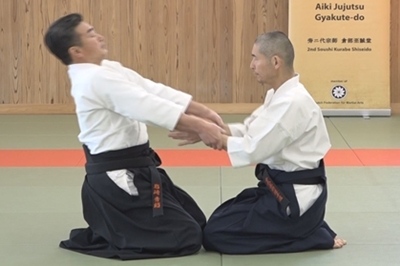
【AIKI Web Course Part 2】Introduction with video



